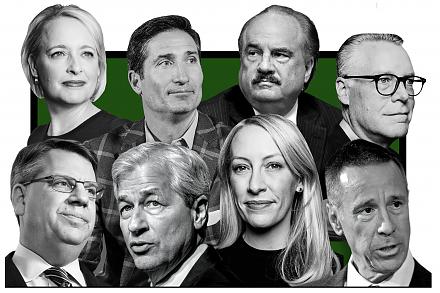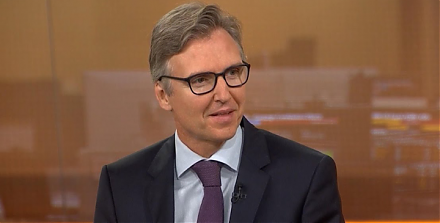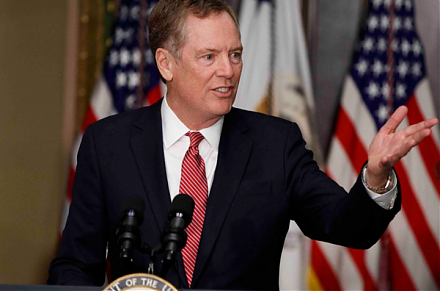

2019-06-09 11:29:00 Sun ET
federal reserve monetary policy treasury dollar employment inflation interest rate exchange rate macrofinance recession systemic risk economic growth central bank fomc greenback forward guidance euro capital global financial cycle credit cycle yield curve
St Louis Federal Reserve President James Bullard indicates that his ideal baseline scenario remains a mutually beneficial China-U.S. trade deal. Bullard indicates that the Xi administration should accept U.S. demands on trade deficit curtailment and intellectual property protection and enforcement in order to attract foreign capital investments as the oriental country can reap enormous benefits. In this baseline scenario of a major Sino-U.S. trade deal, the Trump tariffs may linger such that the Federal Reserve has to address the likely U.S. economic growth concerns. Since the U.S. and China still cannot conclude their yearlong trade conflict, this economic policy uncertainty stokes fresh worries about the global economy.
U.S. FOMC members agree that the current patient monetary policy approach can remain in place for some time. In this positive light, the Federal Reserve halts the next interest rate hikes as Fed governors communicate their implicit expectations of anchoring both U.S. economic growth and interest rates at 2.25%-2.5%. To the extent that inflation risk remains low or still below the 2% target level, the Federal Reserve keeps intact the 2.5% federal funds rate as the U.S. economy operates near full employment (with the 3.6%-3.7% unemployment rate). Patience pays well in time.
If any of our AYA Analytica financial health memos (FHM), blog posts, ebooks, newsletters, and notifications etc, or any other form of online content curation, involves potential copyright concerns, please feel free to contact us at service@ayafintech.network so that we can remove relevant content in response to any such request within a reasonable time frame.
2020-02-19 14:35:00 Wednesday ET

The U.S. bank oligarchy has become bigger, more profitable, and more resistant to public regulation after the global financial crisis. Simon Johnson and
2020-02-02 11:32:00 Sunday ET

Our fintech finbuzz analytic report shines fresh light on the current global economic outlook. As of Winter-Spring 2020, the analytical report delves into t
2019-07-11 10:48:00 Thursday ET

France and Germany are the biggest beneficiaries of Sino-U.S. trade escalation, whereas, Japan, South Korea, and Taiwan suffer from the current trade stando
2019-08-04 08:26:00 Sunday ET

U.S. and Chinese trade negotiators hold constructive phone talks after Presidents Trump and Xi exchange reconciliatory gestures at the G20 summit in Japan.
2018-12-20 13:40:00 Thursday ET

T-Mobile and Sprint indicate that the U.S. is likely to approve their merger plan as they take the offer from foreign owners to stop using HuaWei telecom te
2019-07-31 11:34:00 Wednesday ET

AYA Analytica finbuzz podcast channel on YouTube July 2019 In this podcast, we discuss several topical issues as of July 2019: (1) All 18 systemical